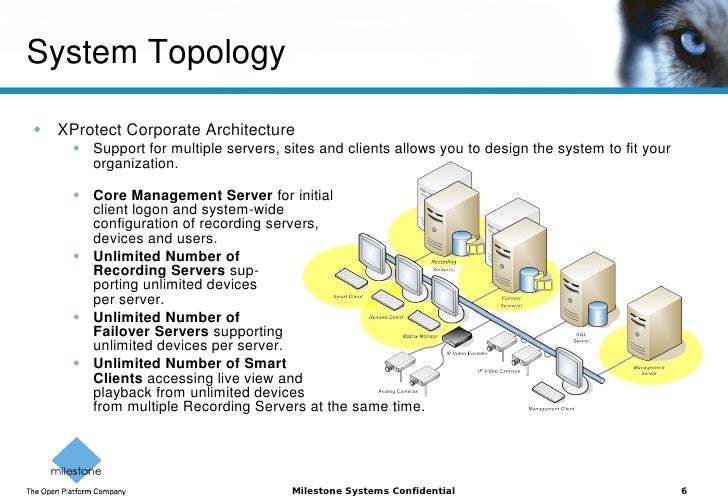

It is still possible to view live video in XProtect Smart Client, but recording and archiving stops until the disk drive is restored. If a disk drive breaks and the recording storage becomes unavailable, the horizontal bar turns red.

You configure storage and archiving on each recording server.Īs long as you store archived recordings locally or on accessible network drives, you can use XProtect Smart Client to view them. With archiving you can also back up your recordings to another media. In this way, the amount of recordings that you can store is not limited to the size of the recording database. You can also create archives (see Create an archive within a storage) within each storage and start an archiving process to store data.Īrchiving is the automatic transfer of recordings from, for example, a camera's recording database to another location. To avoid that the recording database runs full, you can create additional storages (see Add a new storage). A storage has no default archive(s), but you can create these. Each storage consists of a recording storage that saves recordings in the recording database Recording. When a camera records video or audio, all specified recordings are by default stored in the storage defined for the device. If you are using Evidence lock, there will be a vertical red line showing the space used for evidence locked footage. This is mostly relevant if your system includes failover servers. You can specify the behavior of the recording server in case recording storages become unavailable. On the Storage tab, you can set up, manage and view storages for a selected recording server.įor recording storages and archives, the horizontal bar shows the current amount of free space. See the complete feature list, which is available on the product overview page on the Milestone website ( ). Hardware acceleration with Intel® Quick Sync requires an Intel® CPU from 4th generation up to 11th generation, supporting Intel Quick Sync and Intel® GPU enabled in BIOS.ĭecoding with NVIDIA graphics card is supported with GPU capability version 6.x (Pascal) or newer.Available functionality depends on the system you are using. Microsoft® Windows® Server 2019 (64 bit): Essentials, Standard and Datacenterįor the Recording Storage Location, NTFS file system is recommended Microsoft® Windows® Server 2016 (64 bit): Essentials, Standard and Datacenter Microsoft® Windows® Server 2012 R2 (64 bit): Standard and Datacenter Microsoft® Windows® Server 2012 (64 bit): Standard and Datacenter Microsoft® Windows® 10 IoT Enterprise, version 1803 or later (64 bit), IoT Core Microsoft® Windows® 10 IoT Enterprise LTSB (Long-Term Servicing Branch)2016 (version 1607 or later) Microsoft® Windows® 10 Enterprise (64 bit) Microsoft® Windows® 8.1 Enterprise (64 bit) Computer running XProtect Essential Plus software


 0 kommentar(er)
0 kommentar(er)
